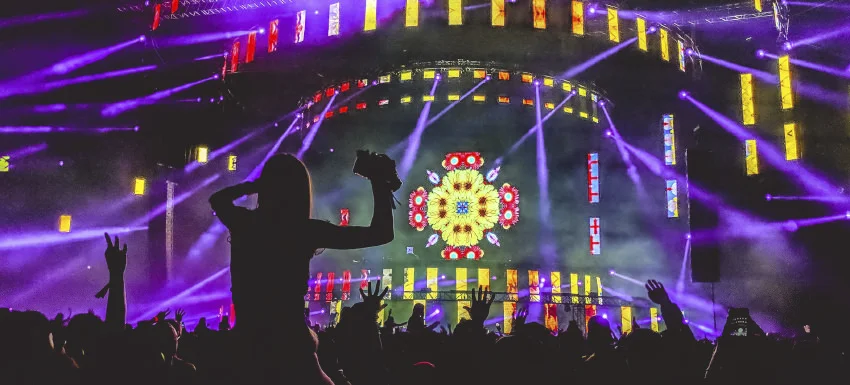
Electronic music, especially as a culture, has always had its sights set on the future. “Future Is Now”, “Forward Ever”, “Backward Never”, “It’s Our Future” were some of the slogans that dominated the scene during the 90s.
From vinyl to USB, the sound media has changed a lot. While some DJs prefer to stay true to the magic of vinyl, others have made the leap to computers, digital controllers, drum machines and effects.
What will the future of DJing be like?
During the 90’s, the basic DJ setup was a mixer and a couple of turntables. During the 00’s Traktor and Serato jumped to vinyl with the Control-Vinyl format thanks to DVS interfaces and controllers.
Laptops have been there for a while too, replacing the heavy record cases. Thanks to the sophisticated CDJ-2000nxs, DJs could prepare their playlists in advance on the laptop and take them to the club on USB, even if they don’t have a Pioneer at home.
But what is next?
OG DJs love standards
One of the secrets to the success of the CDJ is that the interface has hardly changed since the CDJ-1000. If you’re familiar with a CDJ, it might be very easy to adapt to new models.
Since then, DVS systems have been considered transitional technology for a long time. When the Digital Vinyl System was more stable and had better sound quality, people thought it was time for the video to be the future for DJs.
Many companies bet on video, developing software and hardware for future video-DJs (Virtual DJ was the first company to take this initiative).
Serato included video functions as a plugin in 2008 with SL-Video, and then moved on to Serato Video.

But still, VDJ has not been developed 100%. Maybe it is because there is no access to quality videos without watermarks and the space it takes up on a computer, plus there is not much video information about it compared to audio.
The future is now
Any DJ has access to music that is digitally published. Live performance products such as Ableton Push, Akai APC40, Maschine and the famous M-Audio UC33e have broken the production/DJ barrier.
Streaming and Live Performances are the present and future of DJing. Consuming streaming music is the most popular choice for any music consumer, and it is increasingly in the DJ world as well.
What is certain is that the future of DJing will be focused on performance art/production. Over the past few years we have seen examples of this. For example, Tomorrowland and UNITE festivals took place simultaneously in Mexico, India, Japan, Colombia, South Africa and Israel alongside the Tomorrowland festival in Belgium. A live video connection was established between the Tomorrowland main stage in Belgium and live DJ sets on the UNITE stages around the world.
This new reality without nightclubs cannot last. It’s not a surprising fact since it has always been obvious that streams could never be like clubs. There are too many emotional and social aspects to the real-life club experience. But DJ streams don’t have to be like clubs.
Live performance connects people to music scenes in cities they could never visit, in clubs they could never enter, and with people they could never meet.
They can offer us something totally different and fun. It can be something as simple as playing hip-hop sets, or DJs answering questions, giving a tour of the studio, telling us about their favorite records, or teaching mixing tips.
Digital age has made it easier to become a DJ, and it’s still up to consumers to determine what they like. Streaming DJs must find their place within a scene that is at a precarious crossroads.
Subscribe to our newsletter 🎧
Streaming has the potential to enrich the music scene by going beyond what the club can offer.
